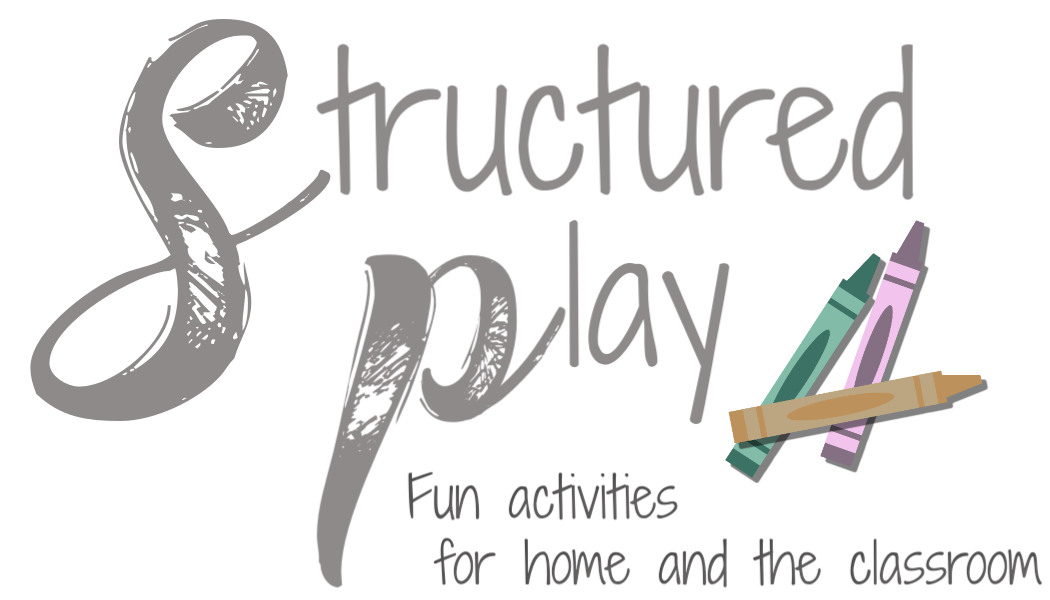I wanted to start with something fun and hands on so we tried a science experience. Since we are talking about plants and flowers this month I wanted to show Jacob how flowers absorb water through roots and how the water travels through the plant.
Here they are after 48 hours. You can see the red and blue stalks are discolored and a bit wilted. The one in plain water is healthy looking for the most part.



I prepped by putting three stalks of celery in glasses of water. I then let Jacob add food coloring to two of the glasses and we left one just plan water.
We used red and blue in hopes of observing a dramatic change. Once the celery sits in the water and absorbs the colored water you will be able to see the color through the veins of the celery and into the leaves at the top of the stalks.
And the results...
Look!
As you can see through the blue example the leaves have blue speckles throughout.
The red shows through as well but the leaves are more wilted (gives you some insight on red dye and what it does to our bodies!!)
The regular water stalks look healthy.



Next we cut the stalks. I allow Jacob to cut. I feel this is a very important skill to build and as long as he is taught how to properly cut it is not a problem! At his age it is a supervised activity and he uses a dull knife. We could see the veins of the celery through cutting. The dye made it really clear to see. At this point we discussed the different parts of the plant and the job each part did. This is a very basic introduction but it is a clear visual that helps cement the idea. He really enjoyed seeing the changes and learned a lot about plants. I learned that we need to do more science!








Comments
Post a Comment